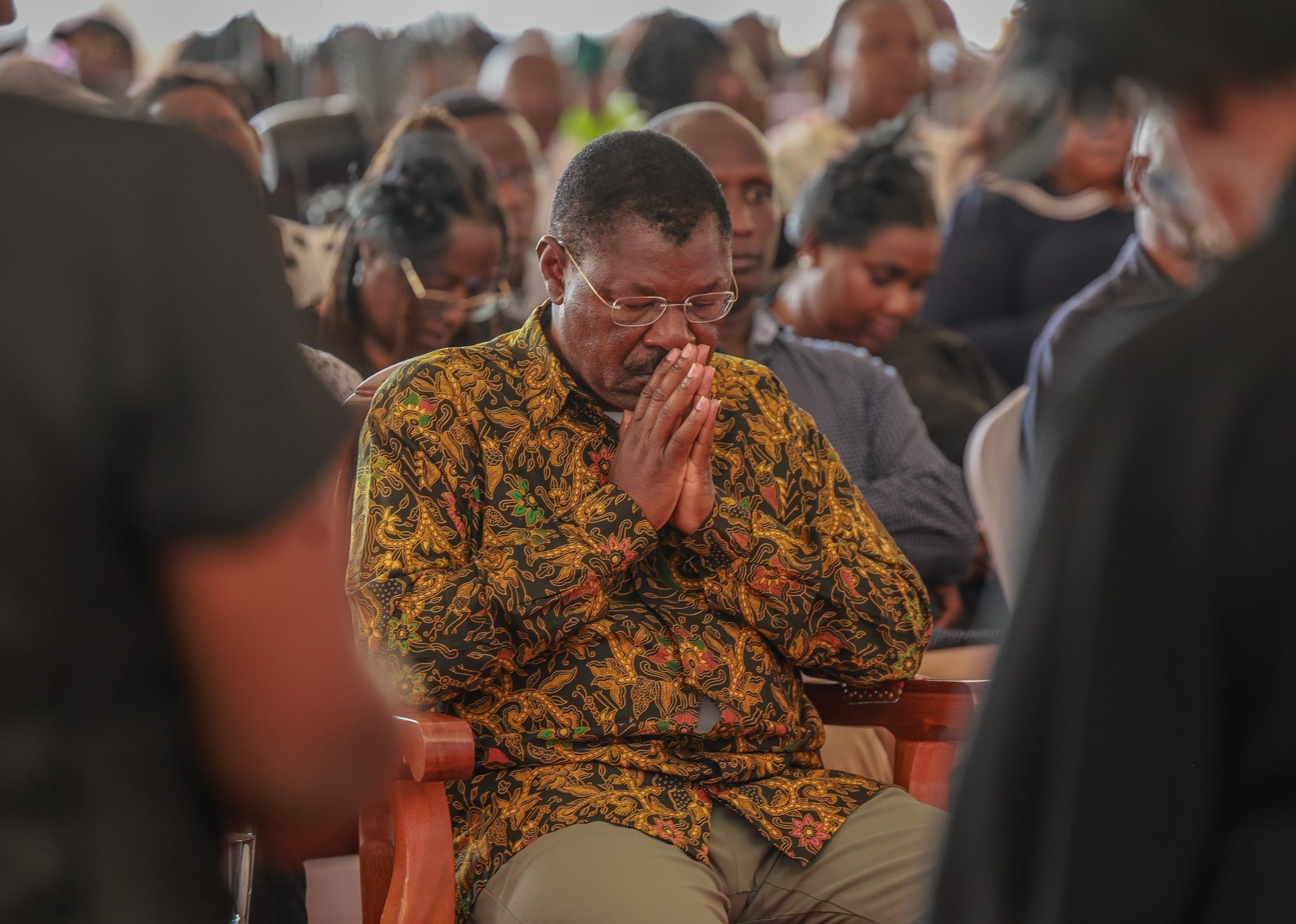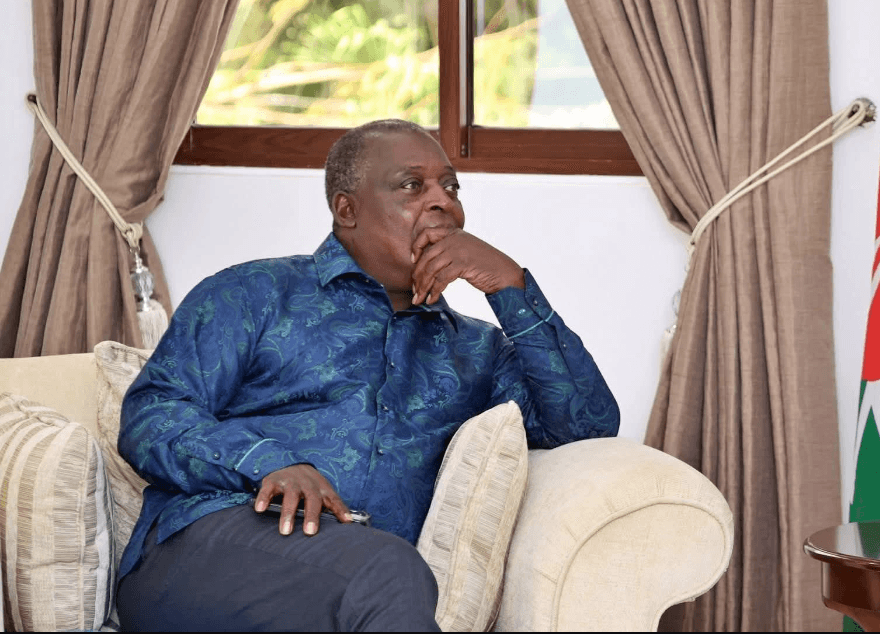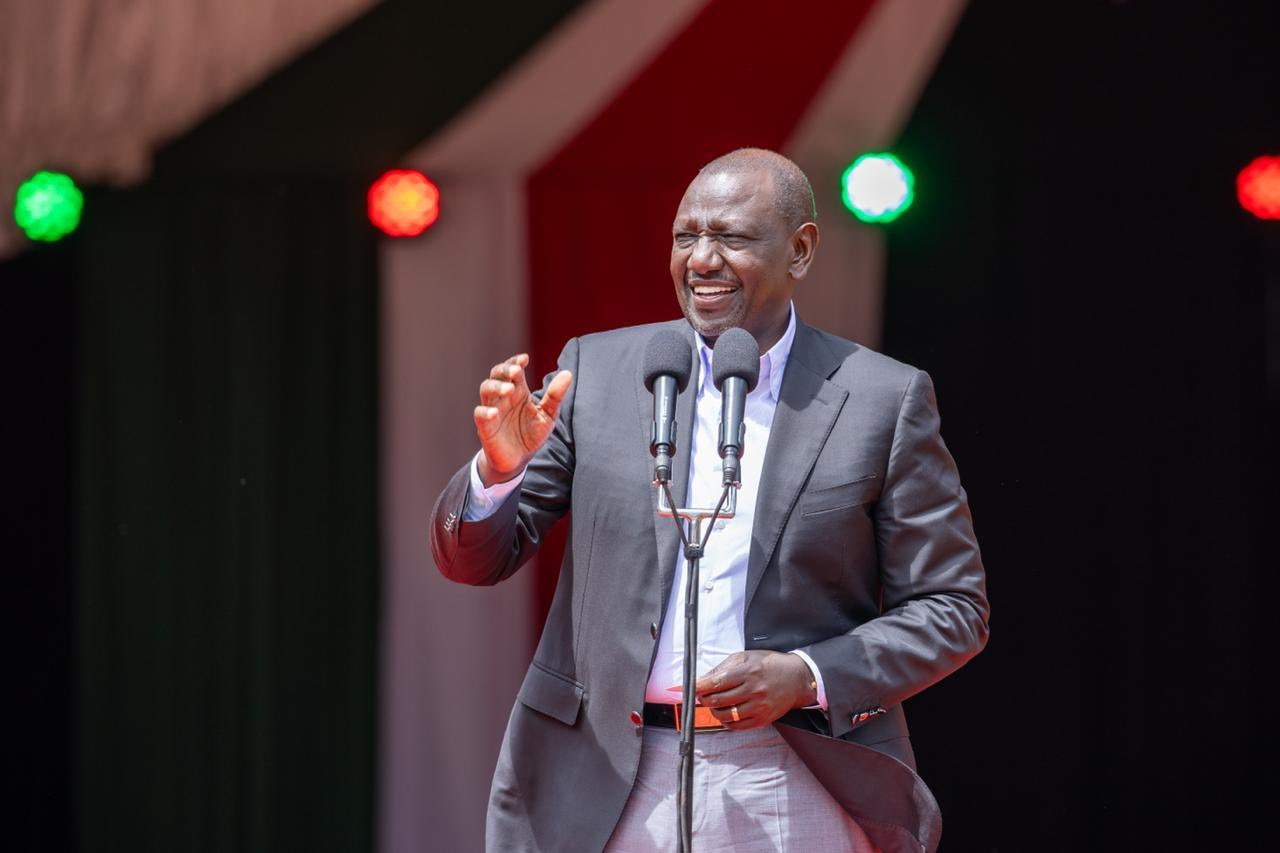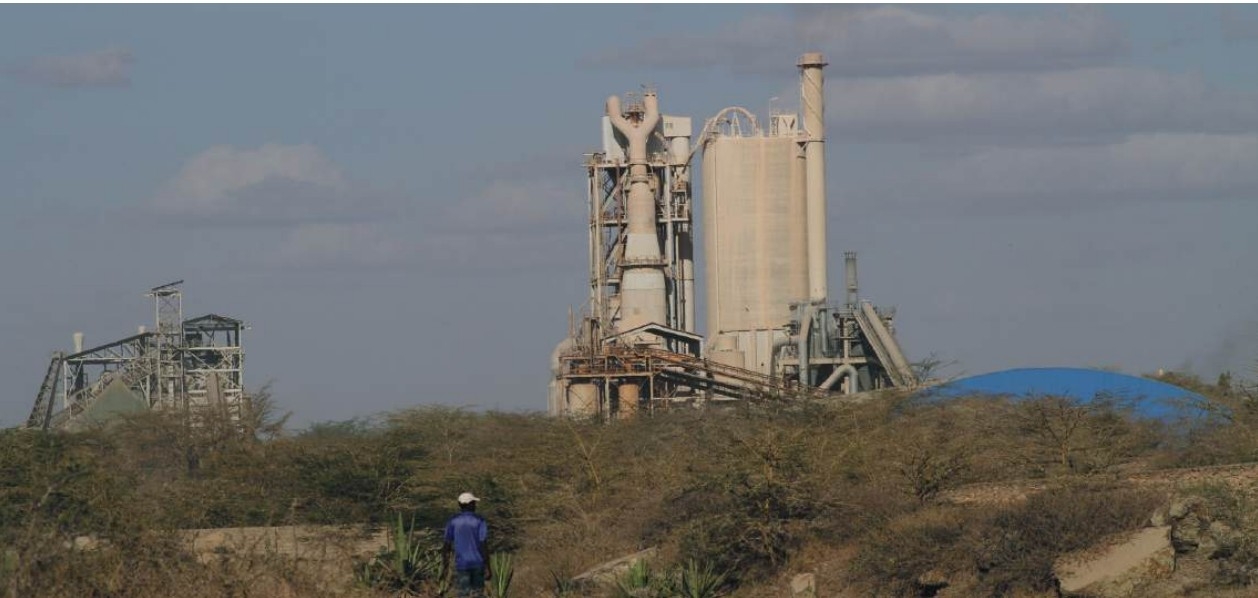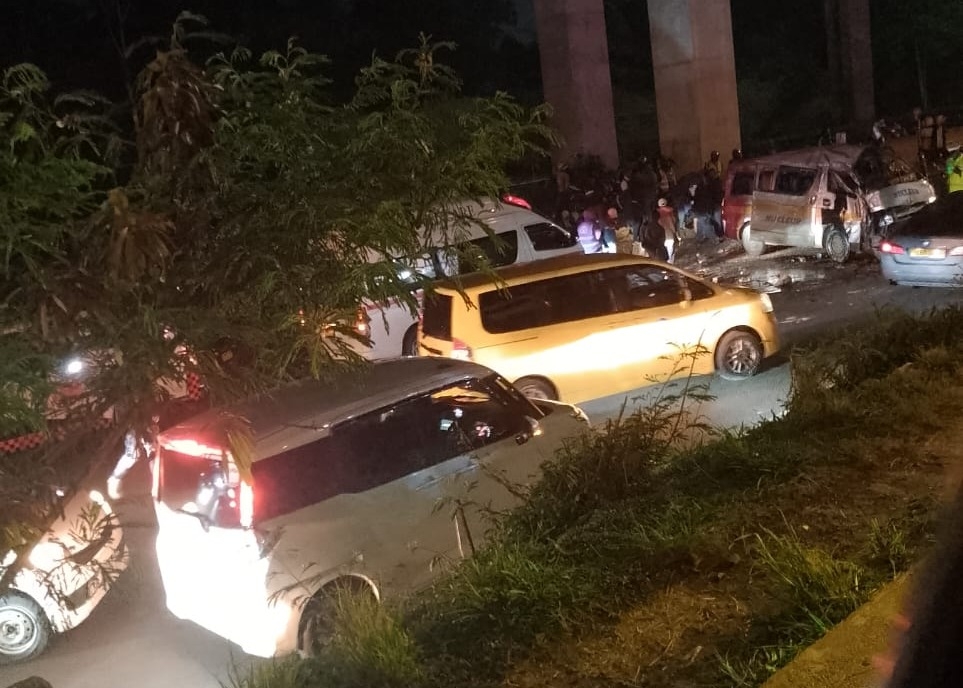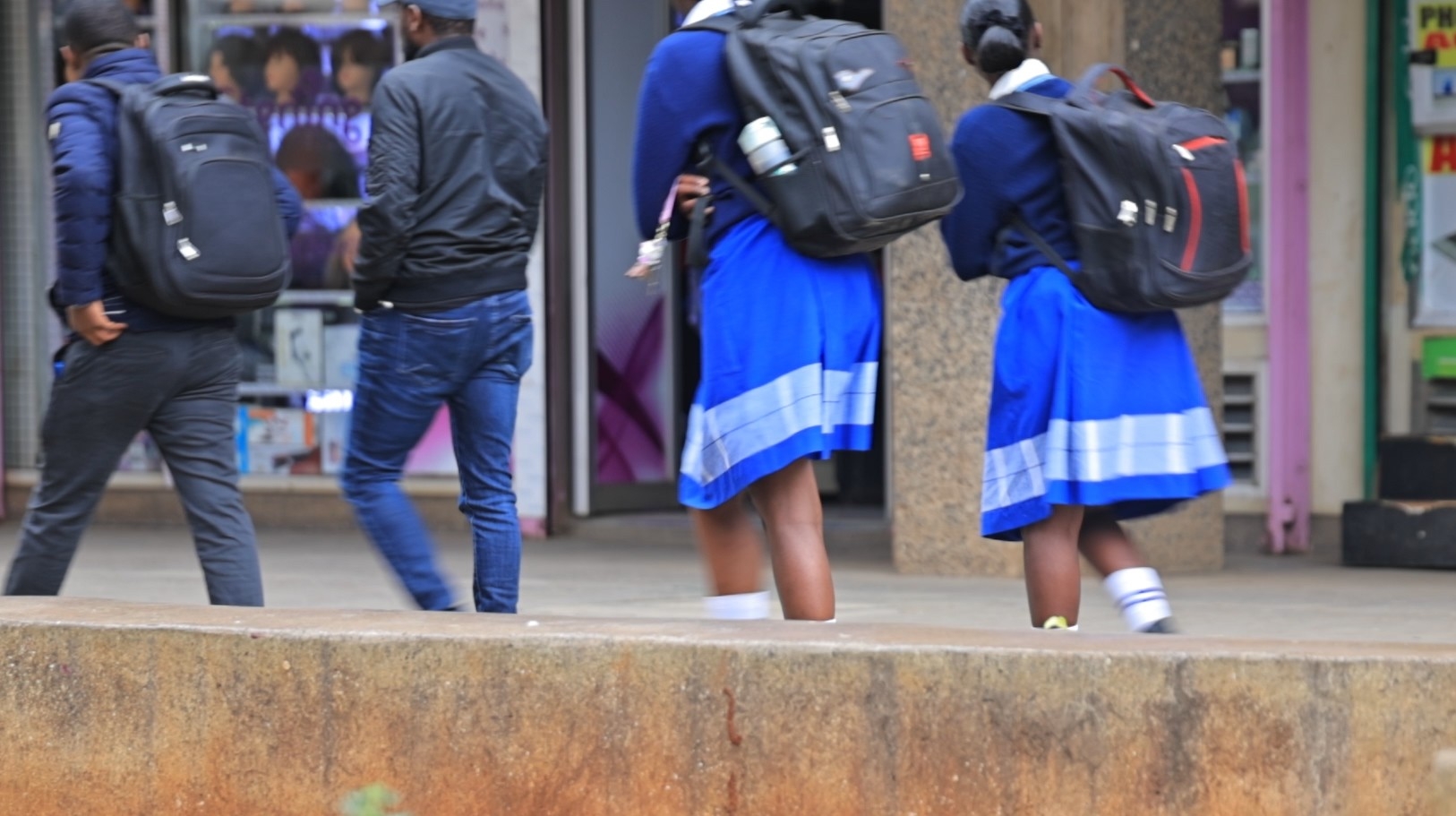
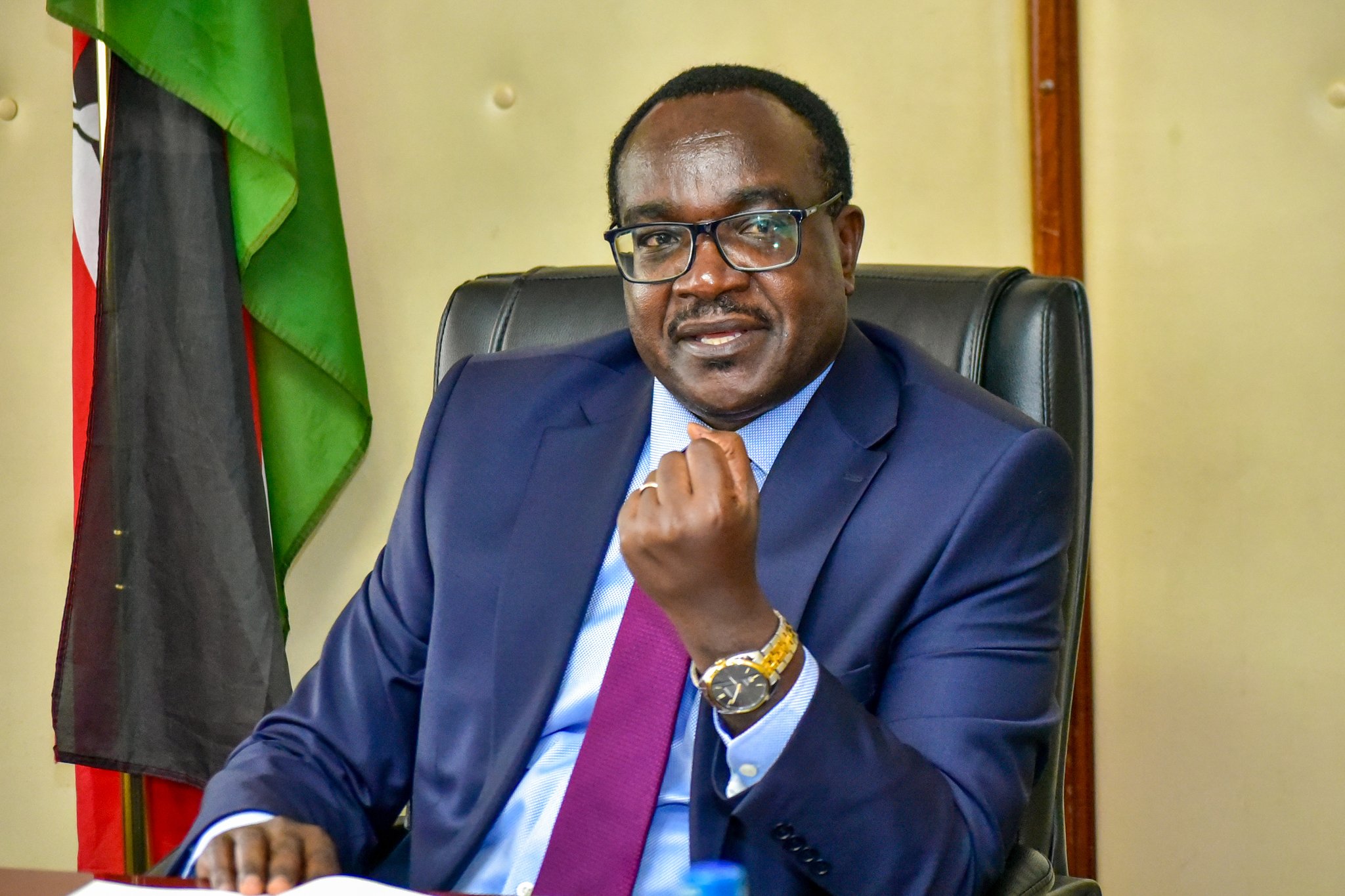
Kenya’s education system has entered a new phase as 2.3 million learners begin their Kenya Junior School Education Assessment (KJSEA), the first national exam under the Competency-Based Education (CBE) curriculum.
The assessment, scheduled from October 27 to November 3, marks the end of junior secondary education and transition to senior school.
Education Cabinet Secretary Julius Ogamba said, “the new system represents a fundamental shift from the old Kenyan certificate of primary education model, emphasizing skills,creativity, and continuous learning rather than one-off-high-stakes testing.”
However, learners will not be issued certificates as was the case with the now-phased-out KCPE. Instead, they will receive result slips indicating their performance in each subject.
The KJSEA is designed to evaluate learners' competencies in various areas, including English, Kiswahili, Mathematics, Integrated Science, Social Studies, Religious Education, Agriculture, Pre-Technical Studies, Creative Arts, and Physical Education.
Learners with hearing impairments will also be assessed in Kenyan Sign Language.
“KJSEA is not about ranking or elimination; it’s about understanding what a learner can do with the knowledge they have acquired. It values skills, innovation, and real-world problem-solving,” said Ogamba.
“The reforms aim to eliminate one-off high-pressure exams
and encourage continuous assessment,“ KNEC said.
He explained that the CBE system emphasizes creativity, critical thinking, and hands-on learning, moving away from high-pressure, memory-based testing.
The goal, he said, is to prepare learners for real-world challenges through continuous assessment.
KJSEA results will contribute 60 percent of the learners’ final score.
The remaining 40 percent will come from classroom assessments done in Grades 7 and 8. This integrated assessment approach aims to provide a more holistic picture of a learner’s strengths and abilities.
According to the Kenya National Examinations Council (KNEC), this year’s candidates include 1,130,679 learners in junior school,1,298,089 in primary school, and 996,078 KCSE candidates, bringing the total number of national exam candidates to 3.4 million.
Unlike the KCPE, which mainly involved multiple-choice questions, the KJSEA includes written essays, structured questions, and practical tasks.
Some subjects, like Pre-Technical Studies and creative arts, have already been assessed through school projects.
To reduce the burden on security personnel, the number of
police officers deployed to monitor the exams has been lowered. Instead,
secondary school teachers will supervise the process to curb malpractice.
The phasing out of KCPE in 2023 and the introduction of KJSEA mark a significant milestone in Kenya’s education reform journey, prioritizing skill development over rote learning.
The government plans to enhance teacher training and capacity building to effectively deliver CBC.
To continue to integrate technology and innovation in teaching and assessments, monitoring and evaluating CBC implementation to address challenges and improve. outcomes.



